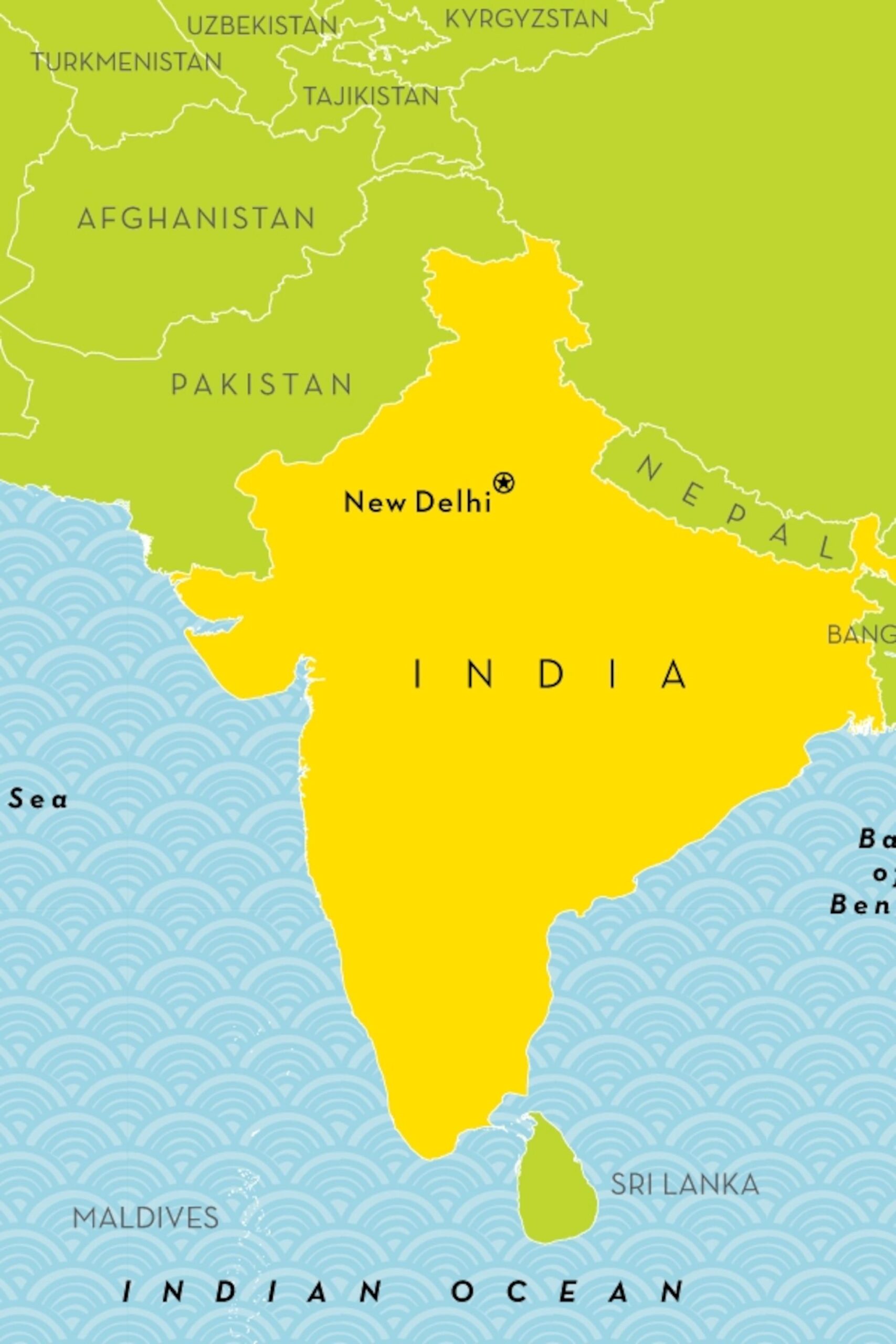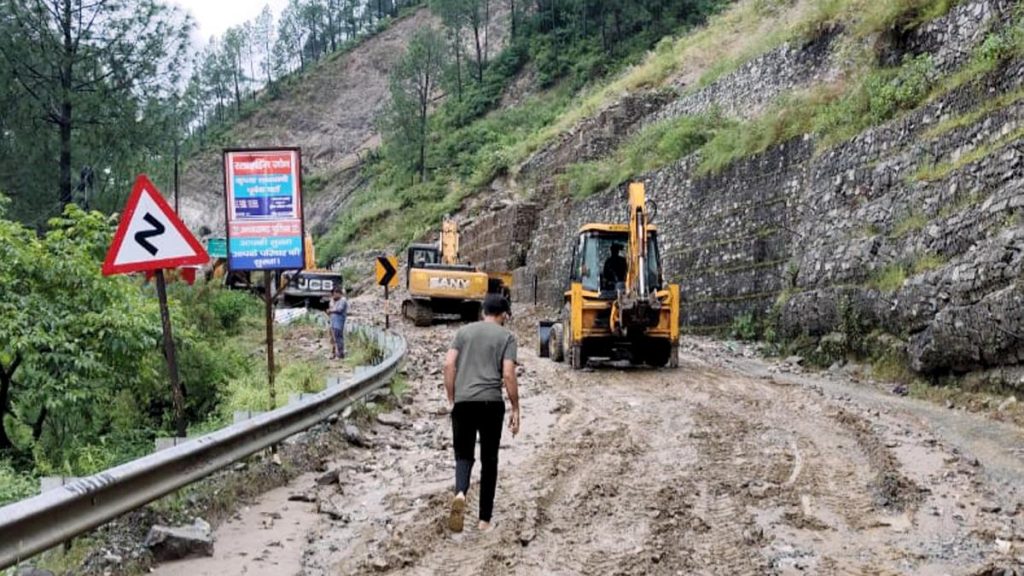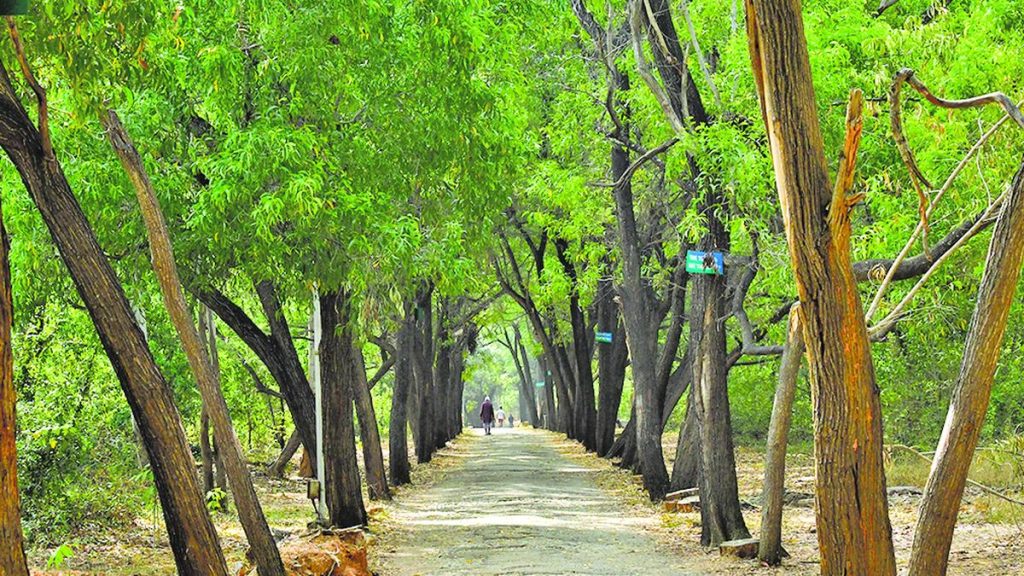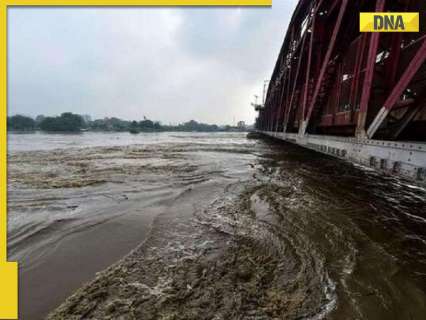Now Reading: Latest Insights on India: Current Trends and Challenges
-
01
Latest Insights on India: Current Trends and Challenges
Latest Insights on India: Current Trends and Challenges

Speedy Summary
- India’s Landscape & Culture: India is the seventh-largest nation in terms of land area and ranks second in population. It is known for its vast cultural diversity, languages, and traditions.
- Past Eras: key historical periods include the Indus Valley civilization, Vedic period, Maurya and Gupta Empires, Mughal Empire, and Post-independence Era.
- Geography Features: Encompasses the Himalayas, Thar Desert, Western Ghats (UNESCO site), and extensive coastlines.
- Climate Variability: Experiences four main seasons—winter,summer,monsoon,post-monsoon.
- Culinary Diversity: Cuisine varies by region with critically important dishes like Paneer Tikka (north) to Dosa (South). Rich use of spices such as cumin and turmeric is a hallmark.
- cultural Plurality: Home to 22 official languages; diverse religions including Hinduism and Islam; celebrates festivals like Diwali and Holi.
- Travel Insights: Offers rich historical sites and spiritual experiences. Best travel months are October to March.
Indian Opinion Analysis
India presents a unique convergence of ancient history with contemporary dynamism. its diverse geography not only supports various ecosystems but also influences local cultures deeply tied to their environment.The multiplicity in cuisine underscores regional distinctions while symbolizing India’s broader cultural syncretism.
Historically rooted yet forward-moving as the world’s largest democracy as 1947 showcases India’s political evolution. The historical milestones have shaped modern governance structures influencing both regional stability within South Asia as well as global diplomatic engagements.
Tourists find value through explorative opportunities across landscapes or introspective journeys in spiritual sites. Appreciating India’s complexities encourages more conscious interactions among travelers enriching their experiences beyond touristic perspectives.




























